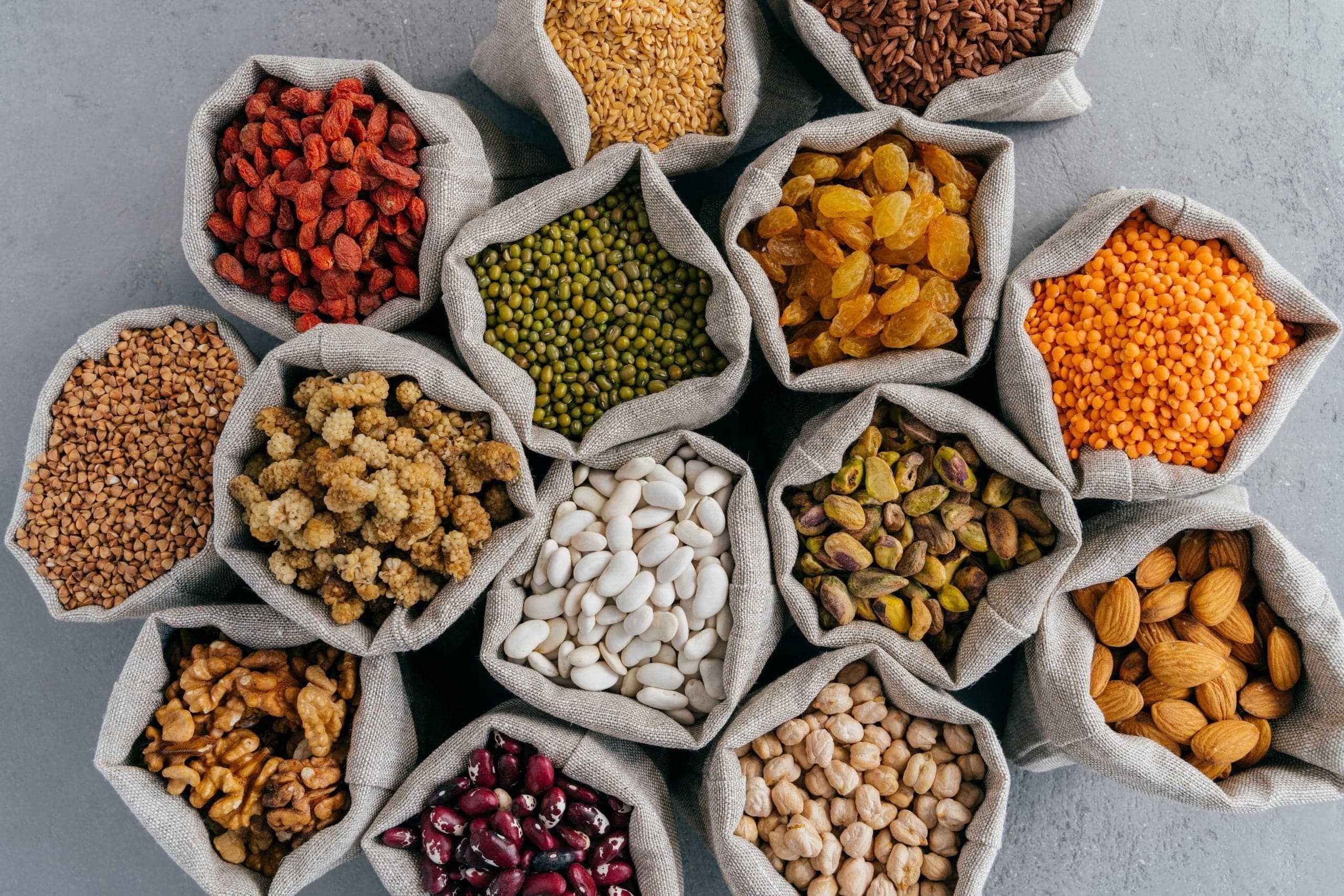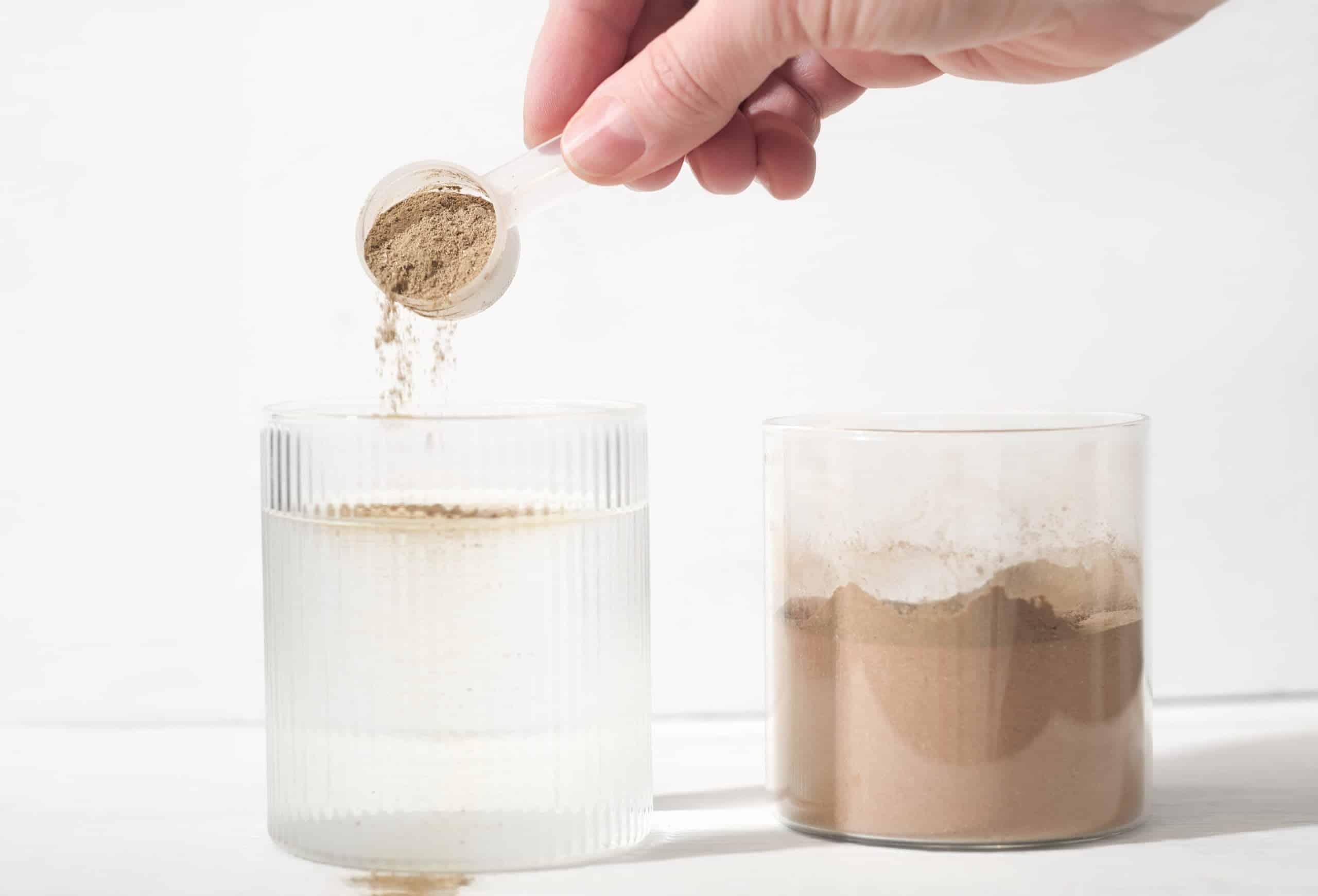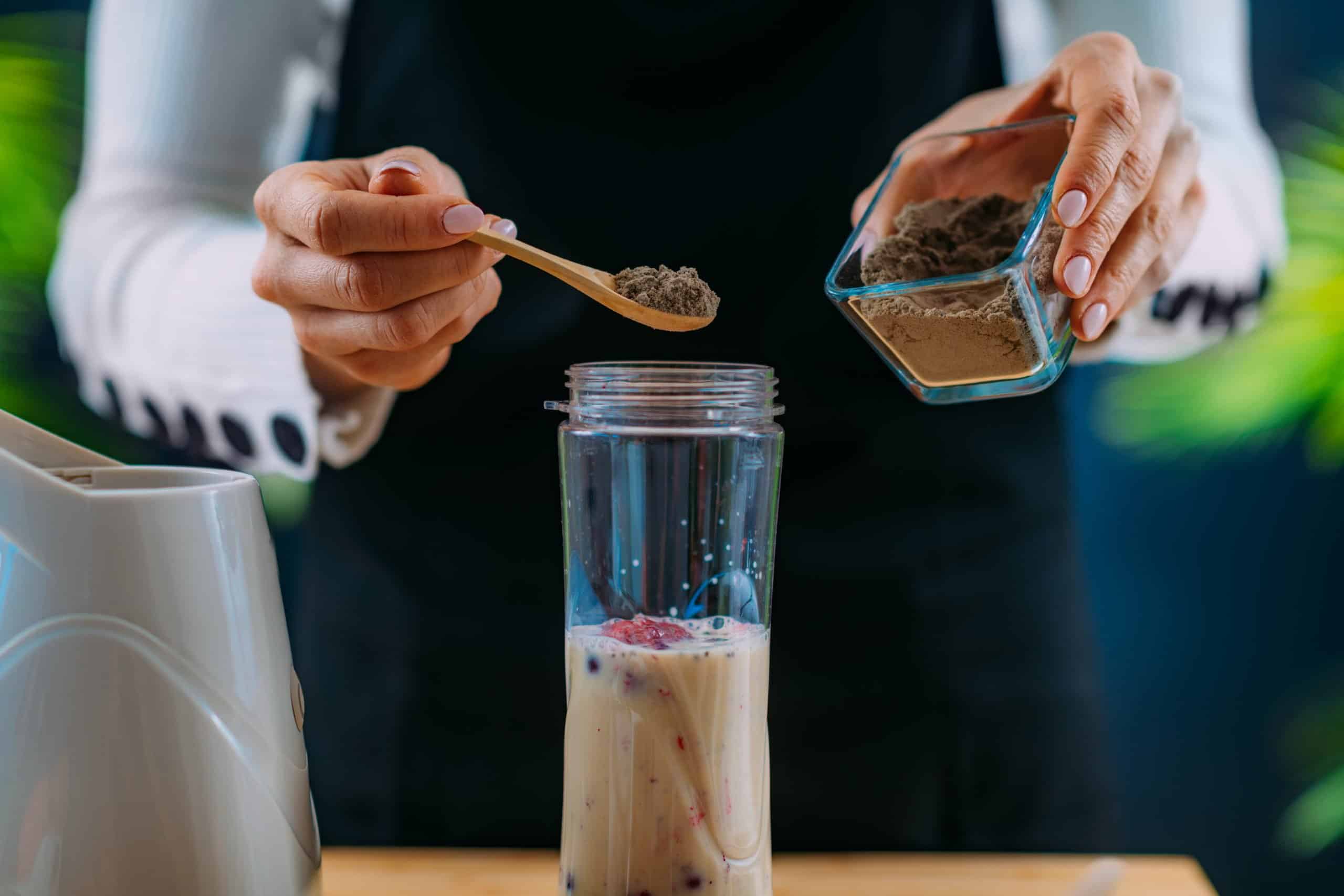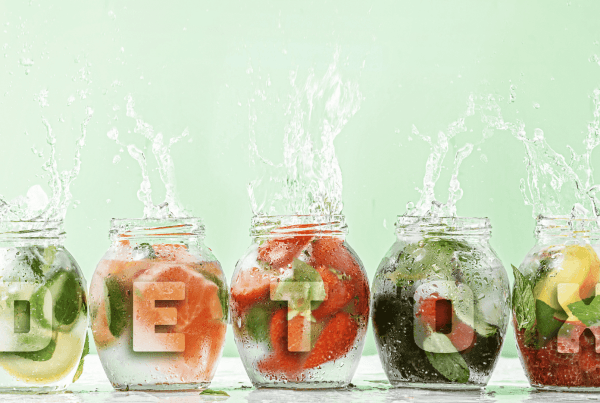Plants are an excellent source of protein. They can be included in all meals, and in addition to protein, they also bring us a handful of vitamins, minerals, fibers, and antioxidants. This list of healthy nutrients also includes omega three fatty acids, as well as healthy carbohydrates.
Why use vegetable proteins?
Plant proteins are usually easier to digest than animal protein sources. This is because plant-based proteins contain less saturated fat and carbohydrates, which helps reduce the burden on the digestive system.
Plant proteins usually contain less fat and calories than animal protein sources. This means that using plant proteins can be beneficial in regulating body weight and reducing the risk of heart disease, diabetes and other health problems. They are useful for those who want to increase the protein intake in their diet while avoiding animal sources of protein for various reasons (such as vegetarianism or lactose intolerance).

Is it better to take plant or animal protein?
Generally speaking, we cannot single out plant or animal proteins as better or worse. The most important thing is to have a balanced and varied diet, in which all nutrients will be represented, and thus we will give the best to our organism.
Proteins from meat are suitable for our body, but here the problem arises that it is increasingly difficult to find healthy and nutritionally correct meat from verified producers or from organic farming.
Plant proteins have a high nutritional value. Plant proteins contain many amino acids, but not all of them are essential. It is necessary to combine proteins of vegetable origin in order to get all the necessary amino acids. The biggest advantage of plant proteins is that they are not bound to saturated fat and cholesterol. Plant proteins are low in fat and high in fiber, vitamins and minerals. They also contain phytochemicals that contribute to better functioning of the body.
How much protein should be consumed per day?
It is recommended that about 30% of the total number of calories we consume per day come from protein. The official recommendation to avoid a protein deficit is to consume 0.8g of protein per kilogram of weight (for example, if we weigh 60kg, we should consume at least 48g of protein per day).
What you should pay attention to is that as we age, the need for the amount of protein increases. Women over 40 should consume at least 1g of protein per kilogram of body weight per day. Also, the increased need for proteins is also affected if we train regularly, have a cold or are recovering from a specific injury.

Which plants contain the highest proportion of protein?
List of plants that contain a higher amount of protein per 100g:
- Soy flakes 52g
- Soybeans 38g
- Peeled pumpkin seeds 29g
- Wheat germ 27g
- Shelled sesame seeds 26g
- Hulled sunflower seeds 24g
- Raw unsalted peanuts 24g
- Lentils 23g
- White beans 21g
- Almond 16g
- Walnut 10g
Plant proteins are often available in the form of supplements, which can be used as a dietary supplement or as a substitute for animal protein sources. We will most often come across those made from peas, hemp, coconut, pumpkin and soy. Each of these proteins has different nutritional values and can be used for different purposes.
Plant proteins usually have a lower biological value (BV) compared to animal protein sources. This means that the body can absorb fewer nutrients from plant proteins, which can affect the effectiveness of using plant proteins as supplements.
Some people may be allergic to certain plant proteins, so it is important to consult your doctor before using plant proteins as supplements.

Plant-based protein sources during fasting
The period of fasting generally brings some changes in your daily diet. Although plant-based foods often hide more nutrients than you might think, it's important to get all the nutrients you need during fasting, like protein.
Flax protein
It is obtained by grinding cake after cold pressing of oil from flax seeds. It is extremely rich in protein (34g per 100g), fiber (17.1g per 100g) and healthy fatty acids. Intake of the mentioned nutrients contributes to metabolic processes and the functioning of your body in general. Its high nutritional value makes it an ideal food for vegans, vegetarians and athletes.
Pumpkin protein
It is obtained by grinding macon cake and cold pressing oil from pumpkin seeds, a technological process without the use of chemical additives, and it can be safely consumed by all ages. With this product, you can bring the rich nutritional composition of pumpkin seeds to your daily diet.
Organic sunflower protein
It is obtained by grinding a cake of malpm cold pressed oil from the seeds of organically grown sunflowers. Sunflower seeds are rich in dietary fiber, omega 6 and omega 9 fatty acids, vitamin E, phosphorus and copper.
These proteins are an excellent addition to breads, savory and sweet pastries, and can be used as an addition to juices, smoothies, yogurt and porridge. They can be used alone or in combinations to prepare various dishes, energy bars, toppings for pasta...
The most popular recipes that contain plant proteins
Recipe for protein bars with flax protein
Ingredients:
- 1 cup flax protein
- 1/2 cup oatmeal
- 1/4 cup chopped almonds
- 1/4 cup honey
- 1/4 cup peanut butter
- 1/4 cup water
Preparation:
Heat the honey and peanut butter in a small saucepan over medium-high heat until melted and combined. Mix flax protein, oatmeal and chopped almonds in a bowl. Add the melted honey and peanut butter and mix well. Pour in the water and continue mixing until all the ingredients are combined.
Place the mixture in a lined pan and spread evenly. Leave the mixture in the refrigerator for 2-3 hours, or until it hardens. Cut the mixture into desired shapes and enjoy protein bars with flax protein!

Pumpkin protein shake recipe
Ingredients:
- 1 cup almond milk
- 1/2 cup orange juice
- 1/2 cup of frozen fruit (kiwi and pineapple are recommended - clean them first and put them in the freezer for at least 2 hours)
- 1 tablespoon pumpkin protein
- 1 tablespoon honey
- 1 tablespoon almond butter
- ice as desired
Preparation:
Place almond milk, orange juice, frozen fruit, pumpkin protein, honey and almond butter in a blender. Blend all the ingredients until you get a smooth mixture.
Add ice if desired and blend some more.
Pour into a glass and enjoy a protein shake with pumpkin protein!
Note: You can adjust this recipe to your taste by adding more or less honey or almond butter.
Protein Smoothie Recipe with Organic Sunflower Protein
Ingredients:
- 1 banana
- 1 cup frozen berries
- 1 tablespoon of organic sunflower protein
- 1 tablespoon honey
- 1 cup almond milk
- ice as desired
Preparation:
Place banana, frozen berries, organic sunflower protein, honey and almond milk in a blender. Blend all the ingredients until you get a smooth mixture.
Add ice if desired and blend some more.
Pour into a glass and enjoy a protein smoothie with organic sunflower protein!
And you can adjust this recipe to your taste by adding more or less honey, fruit or almond milk of your choice. You can also add other ingredients such as flax seeds, chia seeds, coconut oil, nuts, or other types of fruit as desired.
Plant proteins do not carry with them the risks associated with many diseases today. What's more, a whole plant-based diet is a great way to maintain your health.
Although plant proteins may contain less essential amino acids compared to animal proteins, this can be easily compensated for by combining different plant proteins and adding a variety of foods such as vegetables, grains, nuts and seeds.









